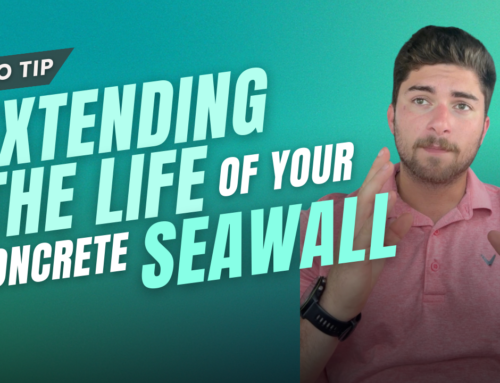The Complex World of Chickee Huts: Permits, Platforms, and Pro Tips
In the world of waterfront living, the dream of having a Tiki Hut or Chickee Hut at the end of your dock is undeniably appealing. Picture it – a perfect spot to clean your catch, entertain friends, and enjoy the serene surroundings. However, despite their appeal, these structures pose unique challenges in terms of permitting, leaving many boat owners scratching their heads. Today, we unravel the complexities surrounding Chickee hut construction on docks and provide insights into navigating the permitting process.
Understanding the Challenge:
One common question that arises is whether it’s feasible to have a Chickee Hut at the end of your dock. While Army Corps and Department of Environmental Protection (DEP) regulations might not pose an issue, the hurdle often lies in local building codes. Building a Chickee Hut can be a tricky endeavor due to stringent rules and restrictions, making the permitting process both challenging and time-consuming.
Deciphering Local Building Codes:
In many coastal areas like Monroe County, City Marathon, and Islamorada, local building codes permit open-air roof structures on docks up to 10×10 feet in size. However, this measurement extends only to the drip line, creating ambiguity when incorporating the dock’s platform size into the equation.
Balancing Platform Size and Roof Structure:
Complicating matters further, local regulations often restrict dock platform size to 160 square feet, with a maximum width of 8 feet in one direction. This constraint poses a challenge when attempting to achieve the desired 10×10-foot roof structure, as the platform’s dimensions limit the allowable space for roof supports.
Navigating the Permitting Maze:
While constructing a Chickee hut within regulatory constraints is possible, it requires careful planning and adherence to local ordinances. Despite their costliness and permitting challenges, Chickee huts remain a coveted addition to waterfront properties.
Alternative Solutions:
For those seeking a temporary or permit-free option, creative solutions abound. Some opt for a standard 8×20 platform with strategically tall pilings, allowing for the attachment of temporary canvas sails. This makeshift solution provides shade and shelter without the need for formal permitting processes.
Conclusion:
In the pursuit of enhancing waterfront living, Chickee huts offer an idyllic retreat. However, navigating the maze of permits and regulations requires diligence and foresight. By understanding local building codes and exploring alternative solutions, boat owners can bring their Chickee hut dreams to fruition while staying within regulatory bounds. So, whether it’s a permanent structure or a temporary canvas sail, there’s a solution to suit every waterfront enthusiast’s vision.





